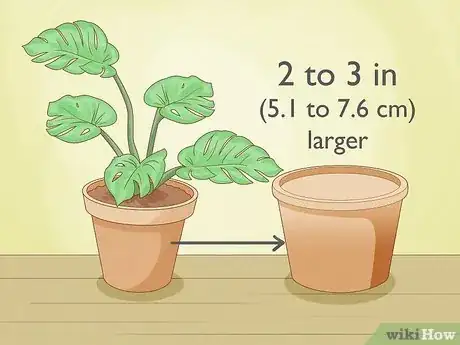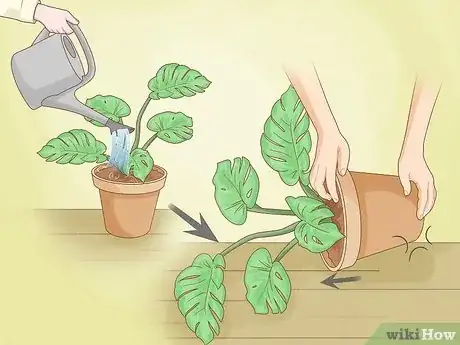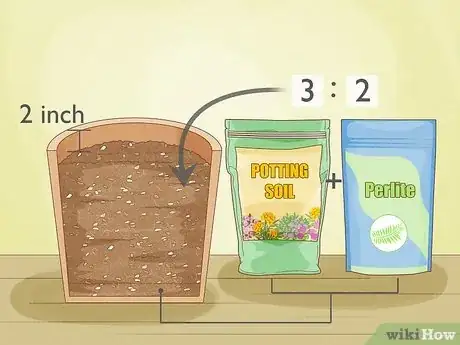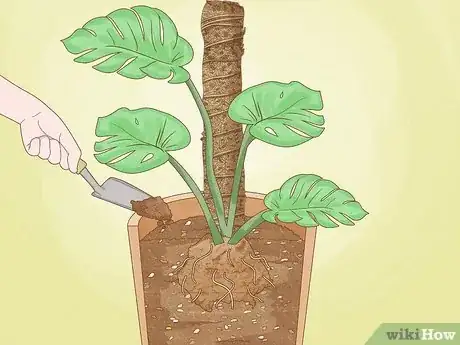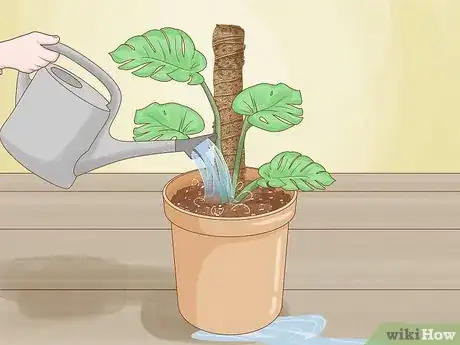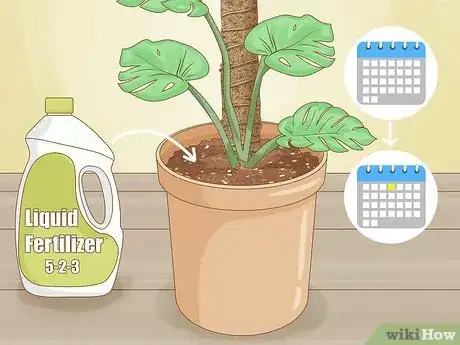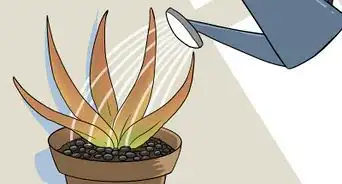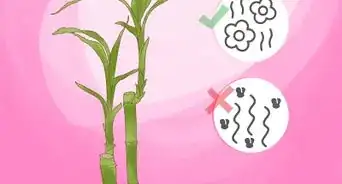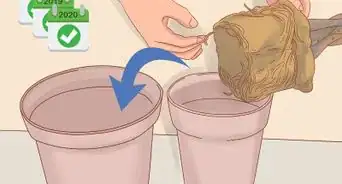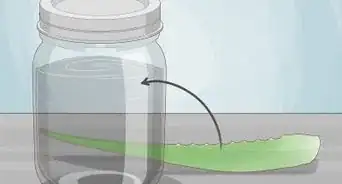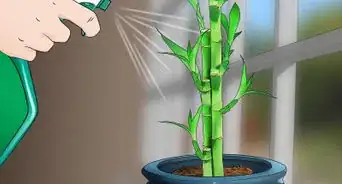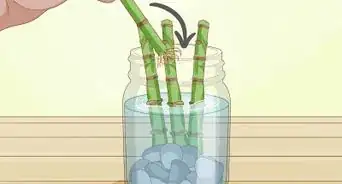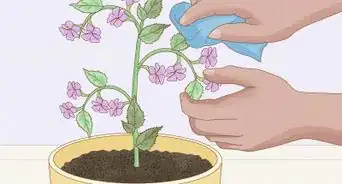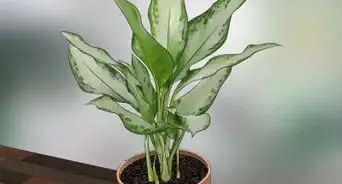This article was co-authored by Lindsey Swett and by wikiHow staff writer, Jessica Gibson. Lindsey Swett is a Plant Specialist and the Owner of Niche Plant Shop in Boston, Massachusetts. She has over a decade of experience working in several plant settings, including golf courses, public parks, and commercial garden centers. Her focus now is on helping plant owners care for their indoor plants. Lindsey holds a Master of Landscape Architecture from The University of Michigan.
This article has been viewed 1,341 times.
If your monstera is getting too big for its pot, it's probably time to transplant. Monsteras don't require a lot of maintenance, but they need repotting if the roots are growing out of the pot or the soil dries out quickly. If you're ready, get your gardening supplies and read on—we'll show how easy repotting a monstera is.
Things You Should Know
- Repot your monstera when the soil looks dry or compacted, if it's become rootbound, or if the plant is too large for its pot.
- To transplant your monstera, fill a new pot with well-draining soil and put the plant in it. Top up the soil and press down before you water.
- Plan on repotting your monstera every 2 years, unless it's a young plant. Repot young plants at least once a year as they put on lots of growth.
Steps
Expert Q&A
-
QuestionWhere do Monstera plants like to be?
 Lindsey SwettLindsey Swett is a Plant Specialist and the Owner of Niche Plant Shop in Boston, Massachusetts. She has over a decade of experience working in several plant settings, including golf courses, public parks, and commercial garden centers. Her focus now is on helping plant owners care for their indoor plants. Lindsey holds a Master of Landscape Architecture from The University of Michigan.
Lindsey SwettLindsey Swett is a Plant Specialist and the Owner of Niche Plant Shop in Boston, Massachusetts. She has over a decade of experience working in several plant settings, including golf courses, public parks, and commercial garden centers. Her focus now is on helping plant owners care for their indoor plants. Lindsey holds a Master of Landscape Architecture from The University of Michigan.
Plant Specialist Monstera plants like being in places with indirect sunlight. Try putting your plant in a place where it'll get a wide range of light qualities, like a window that gets light from different directions—this gives you a more interesting variation on the leaves. Never keep your Monstera in a low-lit area, because you'll lose out on that variation.
Monstera plants like being in places with indirect sunlight. Try putting your plant in a place where it'll get a wide range of light qualities, like a window that gets light from different directions—this gives you a more interesting variation on the leaves. Never keep your Monstera in a low-lit area, because you'll lose out on that variation.
Things You’ll Need
- Larger pot
- Well-draining soil
- Moss pole and soft plant ties
- 5-2-3 liquid fertilizer
References
- ↑ https://monsteraplantresource.com/wp-content/uploads/2021/05/infographic.pdf
- ↑ https://youtu.be/HLjR8NLubTA?t=137
- ↑ https://gardeningtips.in/growing-variegated-monstera-a-full-guide
- ↑ https://youtu.be/MGGniI-6x0A?t=1241
- ↑ https://thehealthyhouseplant.com/how-to-prune-monsteras-underground-roots-to-keep-your-plant-smaller/
- ↑ https://thehealthyhouseplant.com/how-to-prune-monsteras-underground-roots-to-keep-your-plant-smaller/
- ↑ https://monsteraplantresource.com/wp-content/uploads/2021/05/infographic.pdf
- ↑ https://thehealthyhouseplant.com/how-to-prune-monsteras-underground-roots-to-keep-your-plant-smaller/
